Granite bathroom countertops are highly sought after due to their beauty, resilience, and the luxury they add to any bathroom. The price of granite bathroom countertops varies widely based on several factors, including the type of granite, the size and complexity of the countertop, the installation process, and additional features or treatments. Generally, costs can range from $50 to $200 per square foot installed, but a deeper understanding of what influences these prices is crucial for making an informed decision.
One of the primary factors influencing the cost of granite countertops is the type of granite chosen. Granite comes in a plethora of colors and patterns, from common varieties like Ubatuba or Baltic Brown to more exotic types like Blue Bahia or Van Gogh. Common varieties are usually less expensive because they are more readily available. In contrast, exotic stones that are rare or have unique patterns can significantly increase the cost. These unique granites are often sourced from specific regions around the world, adding to their expense due to shipping and rarity.
The size of the countertop is another major cost factor. Larger countertops require more material, which directly increases the overall price. However, it’s not just about the amount of granite; the layout of the bathroom can also affect the cost. For example, a straightforward, rectangular countertop will be less expensive than one with multiple cutouts for sinks or complex shapes that require precision cuts. The more intricate the design, the more labor-intensive and costly the installation will be.
Installation complexity further affects the price. Simple installations on flat, straightforward surfaces are quicker and therefore less costly. However, bathrooms with unique layouts or those requiring custom edge profiles, backsplash installations, or precise sink cutouts can significantly increase labor costs. Additionally, installing countertops on old cabinets or uneven surfaces may require additional preparation work, further adding to the expense.
The thickness of the granite slab is another variable that impacts cost. Standard granite slabs are typically 2-3 centimeters thick. Thicker slabs, while more durable and aesthetically pleasing, are also heavier and more expensive. Thinner slabs can be used, but they often require additional support, adding to both material and labor costs. Therefore, the choice of slab thickness should balance aesthetic preferences with budget considerations.

Additional treatments and features can also add to the overall cost of granite countertops. For instance, sealing the granite is necessary to protect it from stains and water damage, and while some granite comes pre-sealed, others require professional sealing after installation. Furthermore, specialized finishes, such as honed (matte) or leathered (textured) finishes, can increase costs compared to the standard polished finish due to the extra work involved in achieving these unique textures.
Transporting granite can also be a significant expense, especially if the granite is imported from another country. The weight of the stone requires careful handling and transportation, often necessitating special equipment and labor. These logistical considerations can add to the overall cost, particularly if you opt for a rare or exotic granite that must be shipped over long distances.
Another cost consideration is the edge profile of the countertop. Basic edge profiles like eased or straight edges are usually included in the base price. However, more intricate edges such as ogee, bullnose, or waterfall can add to the cost due to the additional labor and precision required to create these designs. Choosing a more elaborate edge can enhance the countertop’s appearance but will increase the overall expenditure.

The condition of the existing bathroom infrastructure can also affect the cost. If the cabinets or plumbing are outdated or damaged, they may need to be repaired or replaced before the granite countertop can be installed. This preparatory work can add unexpected expenses. Ensuring that the base is sturdy and level is crucial for a successful installation and longevity of the countertop.
Custom features like integrated sinks or backsplashes can further drive up the cost. Integrated sinks, which are carved from the same slab as the countertop, provide a seamless look but require precise craftsmanship, increasing both material and labor costs. Similarly, full-height granite backsplashes offer a cohesive and luxurious look but use additional material and add to the complexity of the installation.
Labor costs are another significant component of the overall price. Skilled labor is essential for installing granite countertops correctly, as improper installation can lead to issues like uneven surfaces or improper sealing, compromising the countertop’s durability and appearance. Experienced installers charge higher rates, but their expertise ensures a high-quality finish that justifies the expense.
Regional variations in labor and material costs can also impact the price of granite countertops. Areas with a higher cost of living generally have higher labor rates, and local demand for granite can influence material prices. In regions where granite is popular, competition among suppliers and installers might drive prices down, whereas, in areas with less demand, prices might be higher due to fewer available professionals and materials.
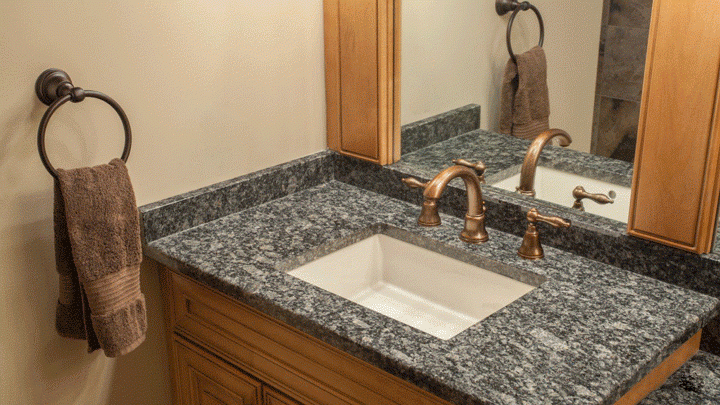
The market conditions at the time of purchase can also affect prices. Economic factors such as supply chain disruptions, fuel costs, and tariffs on imported goods can lead to fluctuations in granite prices. Staying informed about these factors and timing your purchase accordingly can help manage costs. Additionally, shopping around and getting quotes from multiple suppliers can reveal significant price differences and potential savings.
Maintenance costs should also be considered when budgeting for granite countertops. While granite is durable and relatively low-maintenance, it does require periodic sealing to maintain its resistance to stains and damage. Depending on the type of granite and the quality of the initial sealant, resealing might be needed every 1-5 years. This ongoing maintenance is a small but ongoing expense that should be factored into the total cost of ownership.
Finally, warranties and after-sales services offered by the supplier or installer can add value to your investment. While these might come at an additional cost, they provide peace of mind by covering repairs or replacements in case of defects or damage. Investing in a reputable supplier with a good warranty can ensure that your granite countertop remains a valuable and beautiful feature in your bathroom for years to come.
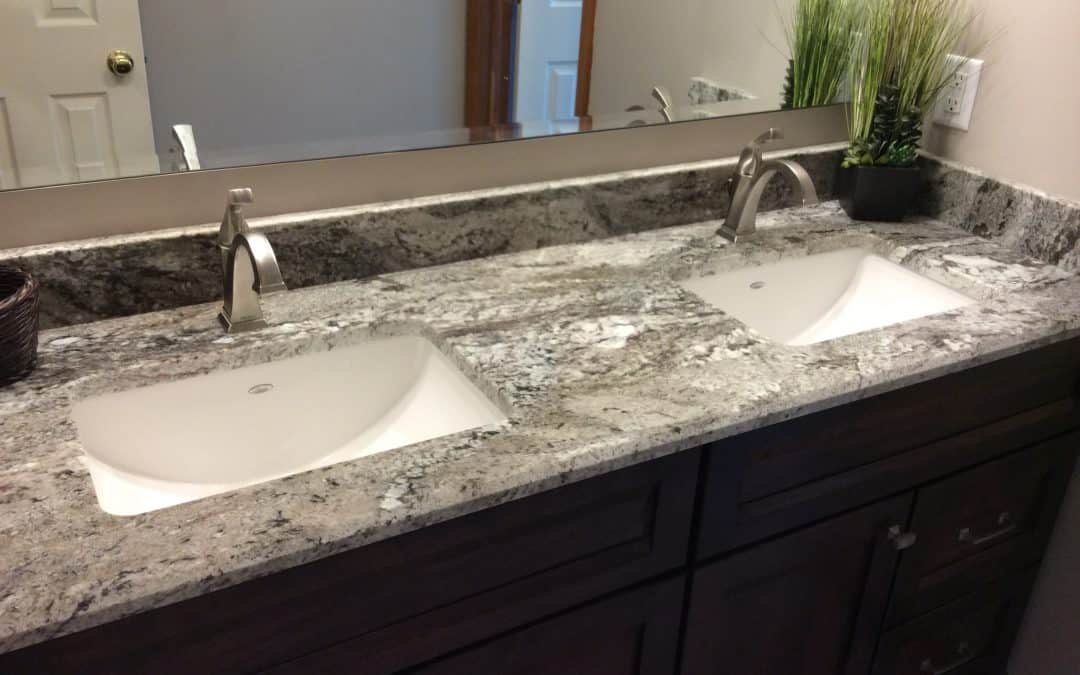
Common Mistakes to Avoid
When purchasing and installing granite bathroom countertops, several common mistakes can lead to increased costs and dissatisfaction with the final product. Firstly, failing to accurately measure the space can result in ordering the wrong size slab, leading to delays and additional expenses. Precise measurements are crucial to ensure a perfect fit.
Another mistake is overlooking the importance of sealing the granite. Granite is porous and can stain if not properly sealed. Some homeowners skip this step to save money, but it can lead to costly repairs or replacements in the long run. Investing in high-quality sealant and regular maintenance is essential for the longevity of the countertop.
Choosing the cheapest installer without checking their credentials and experience is also a common error. Poor installation can lead to uneven surfaces, improper sealing, and even damage to the granite. It’s worth paying more for skilled professionals to ensure the job is done correctly.
Ignoring the condition of the existing cabinetry can be problematic. Weak or uneven cabinets can cause the granite to crack or not sit properly. Ensuring that your cabinets are sturdy and level before installation can prevent these issues.
Finally, not considering the future maintenance costs can be a mistake. While granite is durable, it does require upkeep. Factoring in the cost and effort of resealing and cleaning the granite periodically will give a more accurate picture of the total investment required.
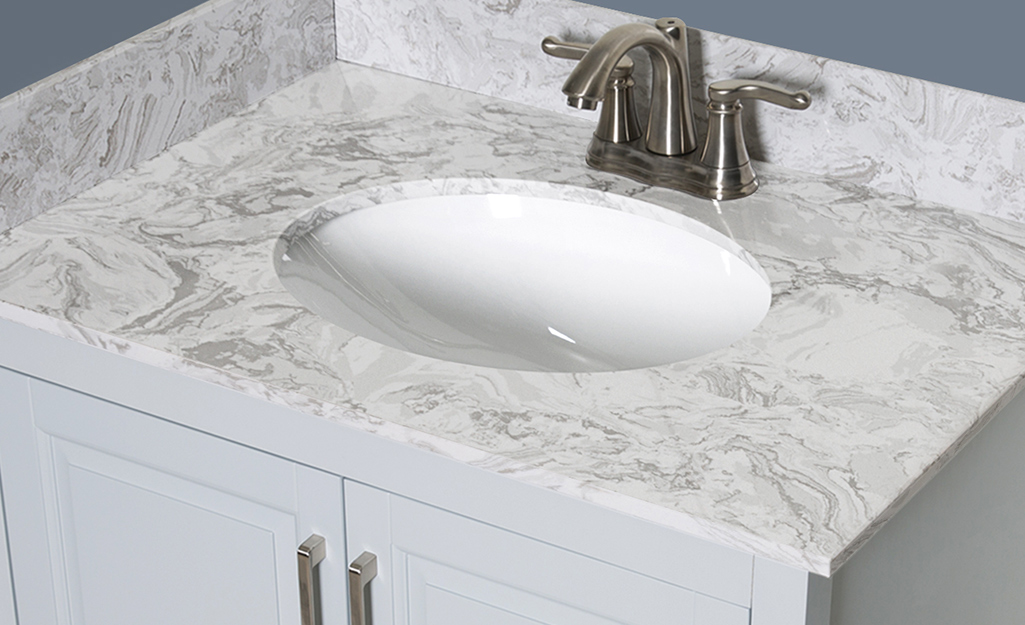
How much should I expect to pay for a granite bathroom countertop?
The cost of a granite bathroom countertop can vary significantly based on several factors, including the type of granite, the size of the countertop, and the complexity of the installation. Generally, you can expect to pay between $50 and $200 per square foot installed. More common types of granite tend to be less expensive, while rare and exotic varieties will cost more. Additionally, larger countertops and those with intricate designs or custom features will also drive up the price.
What factors influence the price of granite countertops?
Several factors influence the price of granite countertops. The type of granite is a primary factor, with common varieties being less expensive and rare or exotic types costing more. The size and complexity of the countertop also play a significant role; larger countertops and those with intricate shapes or features will cost more. Installation complexity, including the condition of the existing cabinets and the need for custom cuts, also affects the price. Additional treatments like sealing, edge profiles, and finishes can add to the cost, as can regional labor rates and market conditions.
How can I save money when buying granite countertops?
To save money on granite countertops, consider opting for more common varieties of granite, which are typically less expensive. Simplifying the design and choosing standard shapes can reduce labor costs. Shopping around and getting quotes from multiple suppliers and installers can help you find the best price. Additionally, consider purchasing remnants or offcuts, which are smaller pieces left over from larger projects, as these can be significantly cheaper and are often perfect for smaller bathroom countertops.
How often do granite countertops need to be sealed?
Granite countertops need to be sealed to maintain their resistance to stains and damage. The frequency of resealing depends on the type of granite and the quality of the initial sealant. Typically, granite countertops should be resealed every 1-5 years. You can test if your granite needs resealing by placing a few drops of water on the surface; if the water absorbs quickly, it’s time to reseal. Regular maintenance ensures the longevity and appearance of your granite countertops.
What are the benefits of choosing granite for bathroom countertops?
Granite countertops offer numerous benefits for bathrooms. They are highly durable and can withstand daily wear and tear, including exposure to water and heat. Granite’s natural beauty adds a luxurious and elegant touch to any bathroom, with a wide variety of colors and patterns available to suit different tastes. Granite is also relatively low-maintenance, requiring only periodic sealing and routine cleaning to keep it looking its best. Moreover, installing granite countertops can increase the overall value of your home, making it a worthwhile investment
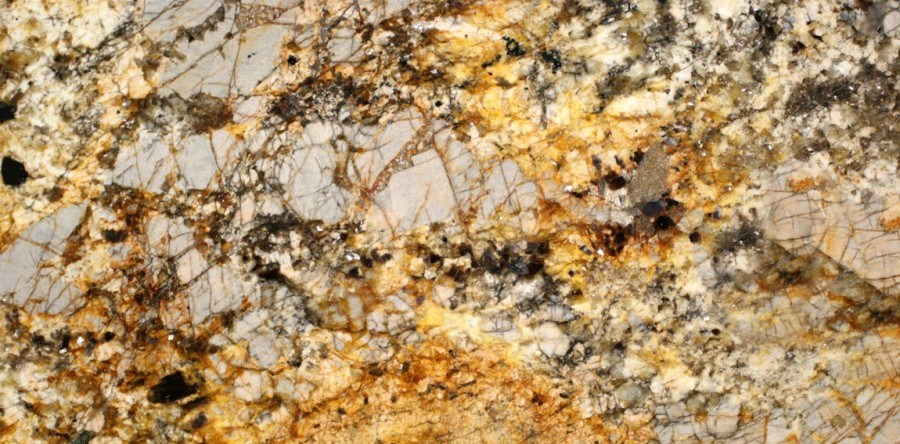
Most Popular Bathroom Vanity Tops: Materials, Styles, and Cost

Pros and cons of Granite bathroom countertops The Countertop Factory

Cost of Cultured Granite Vanity Tops
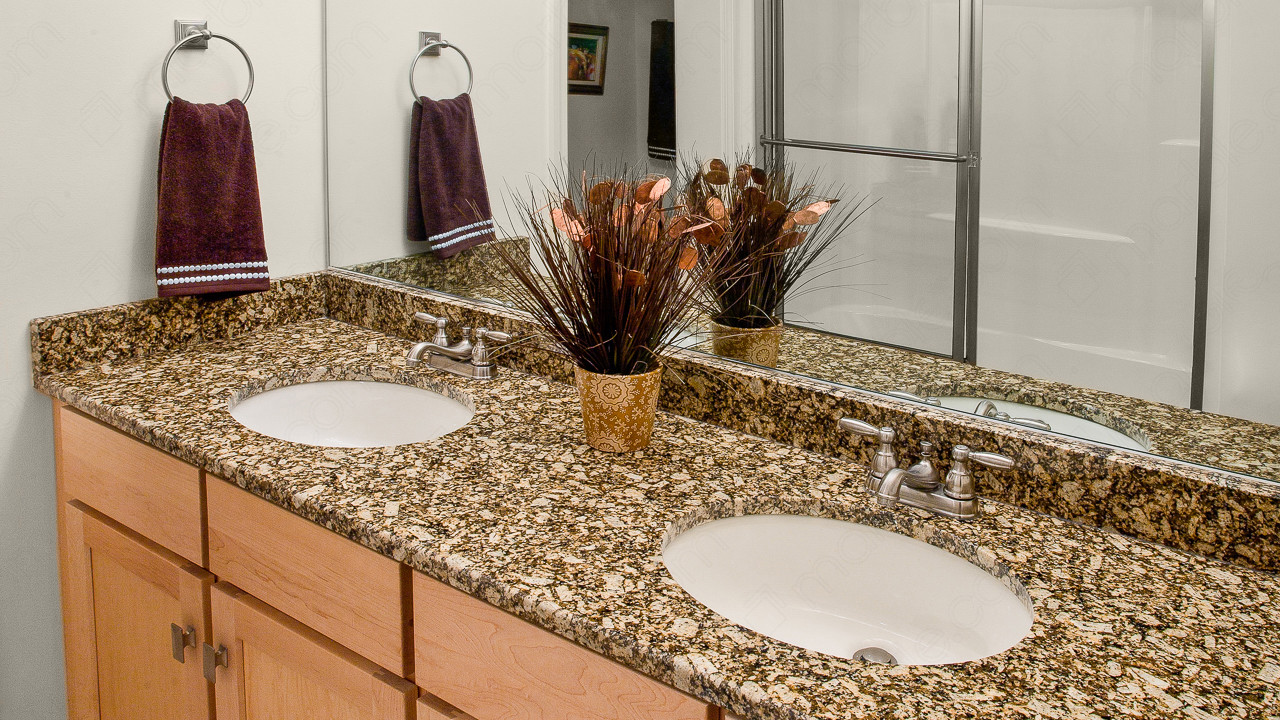
Related articles:
- Bathroom Countertop Refinishing Ideas
- White Quartz Bathroom Countertops
- Small Bathroom Countertop Cabinet
- Grey Bathroom Countertops
- Bathroom Countertop Organization Ideas
- Bathroom Countertops Types
- Rustic Bathroom Countertops
- Bathroom Countertop Redo
- Bathroom Countertop Decor Ideas
- DIY Bathroom Countertop Refinishing